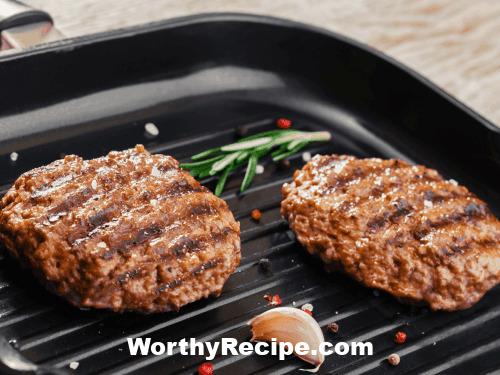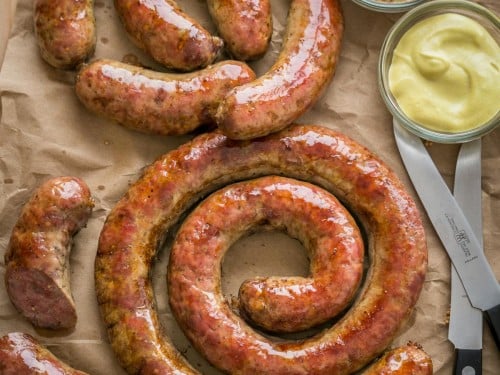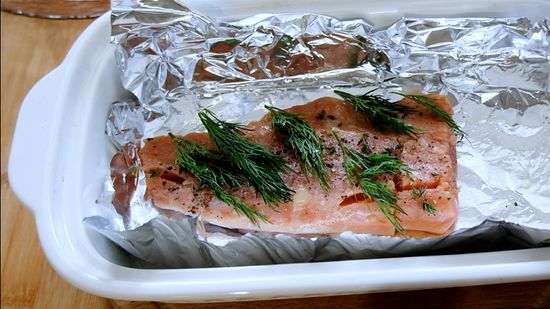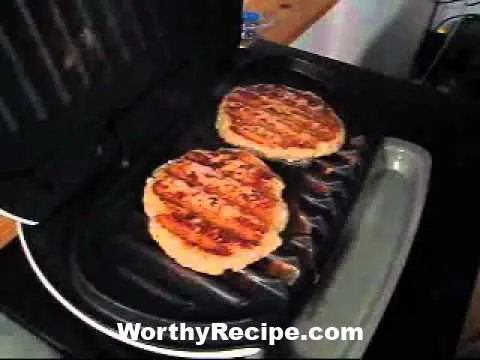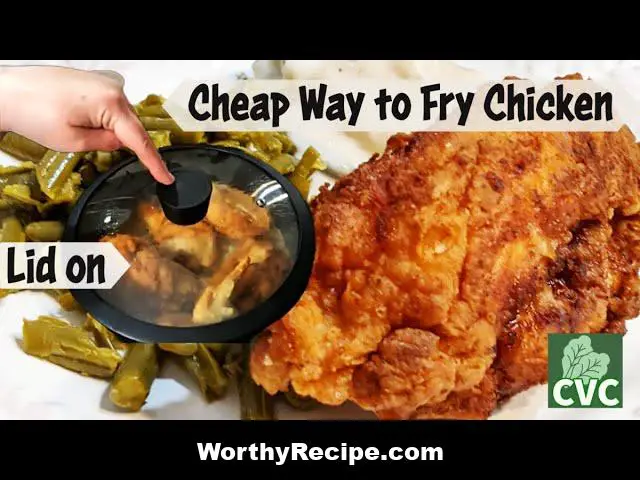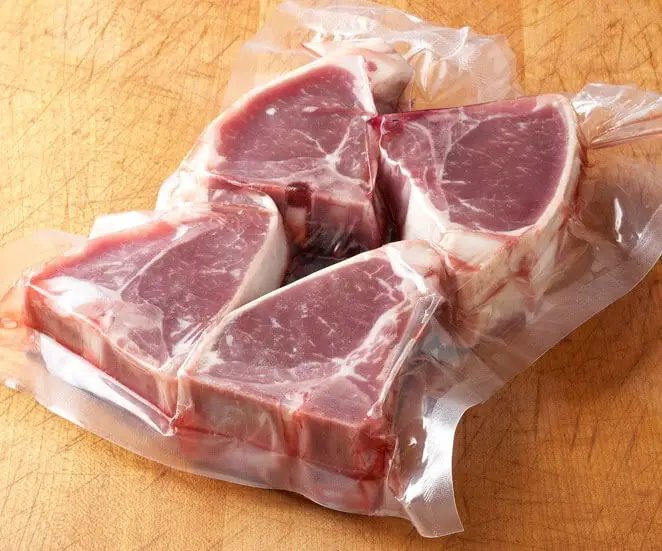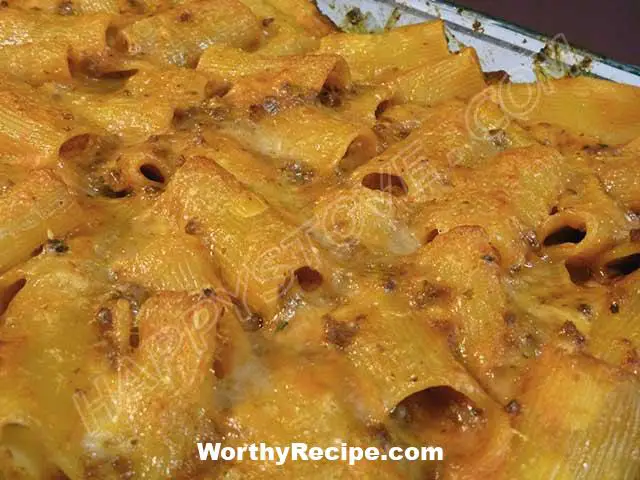How to Cook Burgers Without Smoking
Introduction
Cooking burgers on the grill or in a pan can be the perfect way to celebrate summer, but smoke can be a problem. Smoking meats, while adding flavor, can ruin your relaxing day outdoors. No one wants to inhale smoke or have to clean up after a messy kitchen. This article will teach you how to cook delicious burgers while eliminating unwanted smoking.
Understanding Smoke
When cooking burgers, smoke is often the result of fat dripping onto the heat source. As it heats up, the oil spatters or creates large amounts of smoke when the surface receives more heat than it can withstand. Understanding why smoke happens is critical before we explore ways to minimize it.
Several different types of smoke can be produced while cooking burgers. For example, water vapor can accumulate underneath the lid of the grill and transform into condensation, causing thick white smoke that you should avoid.
Preventing Smoke
Now that you understand why smoke happens let’s look at how you can stop it from happening.
Firstly, never start cooking before your grill or pan is thoroughly preheated. Preheating ensures that there will be no cold spots that could cause oil to burn. Secondly, evenly spread your patties on the grill or pan; this helps distribute the grease that may drip.
Additionally, avoid moving patties too frequently during cooking; flipping them only once is ideal as it prevents grease from splashing around your cookware and creating more smoke.
Selecting the Right Meat
Burgers made of lean meats like ground turkey are less likely to produce excessive amounts of smoke. If beef is what you prefer, go for ground sirloin or chuck, both of which are low in fat content and won’t smoke excessively.
Next, ensure your burgers are fresh and not frozen. The extra moisture from defrosting can generate more steam, which could become smoke in your grill or pan.
Preparing the Meat
Choose a meat consistency that matches your taste. Burgers prepared with finely ground beef tend to stick together more effectively, but if you like the texture of the meat, coarser grinds may be better. When preparing your patties, don’t pack them tightly as it allows air into the mixture and ensures more even cooking.
You can add items such as breadcrumbs or eggs to bind your burgers together and form perfectly-sized patties while also cutting down on smoke from grease.
Preparing the Grill or Pan
Next, you need to prepare your grill or pan for cooking.
Cleaning Methods
To minimize smoke production, make sure you clean your grill or pan thoroughly. Old food residue left on your equipment can ignite once heated. Non-toxic solutions like baking soda and water can remove caked-on filth while maintaining a safe cooking surface.
Avoid using aerosol spray oils. Instead, use solid fats melted down in a microwave and then applied to pans carefully with a brush.
Heat Source and Temperature Control
Choosing between charcoal or gas grills is a matter of preference; however, when it comes to avoiding smoking issues, gas grills tend to produce less smoke than traditional charcoal grills. You should set the temperature to medium-high so that it remains consistent through the entire cook time.
Be cautious when using preheated pans because oils could begin boiling at temperatures well below their regular flash points. Keep the stove heat low- to medium-low while cooking the burgers on the pan.
Techniques for Low-Smoke Burger Cooking
Covering your grill or pan is one of the best methods for low-smoke burger cooking.
Covering Methods
Unlike charcoal grills, most gas grills come with lids that offer excellent coverage to prevent smoke from coming out. On the other hand, using a lid while pan-frying maintains a consistent temperature and is the best way to prevent sizzling.
Best Low-Smoke Cooking Techniques
Indirect heat is an excellent low-smoke technique for cooking burgers. Instead of placing your patties directly on the grill or pan, move them to the side and let them cook gently. Slow grilling’s slow-cooking method provides an excellent taste without causing smoking effects.
Pan-frying is another option for low-smoke burger cooking because it holds the oil in check as it accumulates around the edges of the beef.
Both indirect heat and slow-grilling methods are an effective way to preserve your kitchen from excess smoke production.
Flipping Burgers Without Causing Smoke
Flipping your burgers correctly can avoid extra smoke during cooking.
Frequency and Tools
Avoid flipping burgers too often. The fewer flips you make, the better it will be, since you can wipe any residue from your grill or pan before putting your next patty on top. Using a quality pair of tongs when turning your burgers over keeps your hands away from grease and heat.
Reducing Sizzling
Reducing sizzling helps decrease the amount of smoke during cooking; removing excess fat also cuts down on mushrooming in a skillet which leads to unnecessary smoke. A splatter shield is useful if your burgers release more grease than expected or if they aren’t particularly firm.
Timing Is Key
Cooking burgers with an optimal timing plan ensures their taste and texture are exceptional without causing additional smoke production.
Cook Times for Different Types of Burgers
The size and thickness of your burger dictate the time it will take to cook. Beef that is at least 1 inch thick should be cooked for 5-6 minutes per side, ground turkey requires 3-4 minutes per side because it cooks much faster.
Use a meat thermometer to check the internal temperature of your burgers. For beef, the temperature should rise to 160°F, and ground turkey should reach 165°F.
A great way to know when your burger is done is by touch. Press down the center of the burger to determine how firm it is; if it’s rock solid, then it’s overdone. If you’re in doubt about the level of doneness, use a meat thermometer.
Experimenting with Seasonings and Ingredients
Now that you know how to cook low-smoke burgers, let’s add more flavors without extra smoke.
Seasonings
Adding Garam Masala or cumin spices may offer more intense flavors without necessarily adding unwanted smoke. Adding chili powder mixed with salt can be an alternative approach as well. Be adventurous with herbs like oregano and parsley sprinkled on top!
Cheese Options and Toppings
Toppings aren’t just for aesthetic appeal: they also add flavor. Go beyond American cheese and try out a mixture of Swiss and cheddar cheese for example. Change up the usual ketchup and mustard combination with a spicy salsa or BBQ sauce instead.
Keeping Smoke Away from Your Kitchen
Lastly, let’s keep your kitchen clean during cooking.
Tips on Keeping Windows Open and Using Fans
When cooking indoors, open windows closest to the cooking station. Use a fan as it removes smoke from any room that doesn’t have proper ventilation on its own.
It is preferable to cook with an outdoor grill since you can avoid smoke in your kitchen altogether.
Using Outdoor Cooking Areas
Grilling outdoors is convenient since you can cook everything outside on a fresh air grill. It’s easy to pick up and relocate your grills outdoors, away from kitchen walls, reducing any potential residue staining or smoke accumulation.
Conclusion
Cooking low-smoke burgers isn’t as difficult as it sounds, making them an ideal choice for summer barbecues. In summary, avoid beef with excess fat, keep your equipment spotless, use indirect heat or slow-grill techniques, and cover your pan are the keys for handling smoking issues during cooking. Chicken and turkey require less time to cook, so be mindful of the temperature when using these meats. A variety of toppings and seasonings adds flavor without adding smoke.
Finally, enjoy your beautiful burgers made without excess smoke that may cloud your best-laid summer plans!
Can I still cook my burgers on a grill?
Yes, absolutely! Just make sure to follow some key steps to minimize the smoke. Try using a drip pan to catch any excess grease, and avoid cooking directly over hot flames. You can also try pre-cooking the burgers in the oven before finishing them on the grill.
What kind of oil is best for burger cooking?
Vegetable or canola oil is recommended for cooking burgers, as they have a high smoke point and won’t burn at high temperatures. Avoid using olive oil, which has a lower smoke point and can create more smoke.
Should I cover my burgers while they cook?
It depends on your desired cooking method. If you’re grilling the burgers, it’s best to leave them uncovered so they get that signature charred flavor. If you’re cooking on a stovetop, covering the pan can help cook the burgers more evenly and prevent any splattering grease.
How do I tell if my burgers are cooked through without overcooking them?
The easiest way to tell if your burgers are done is by using an instant-read thermometer. Insert it into the thickest part of the patty – once it reaches 160°F, they’re cooked through. Another way is to press down gently on the center of the burger with a spatula – if juices run clear, it’s done. Just be careful not to overcook until dry!
